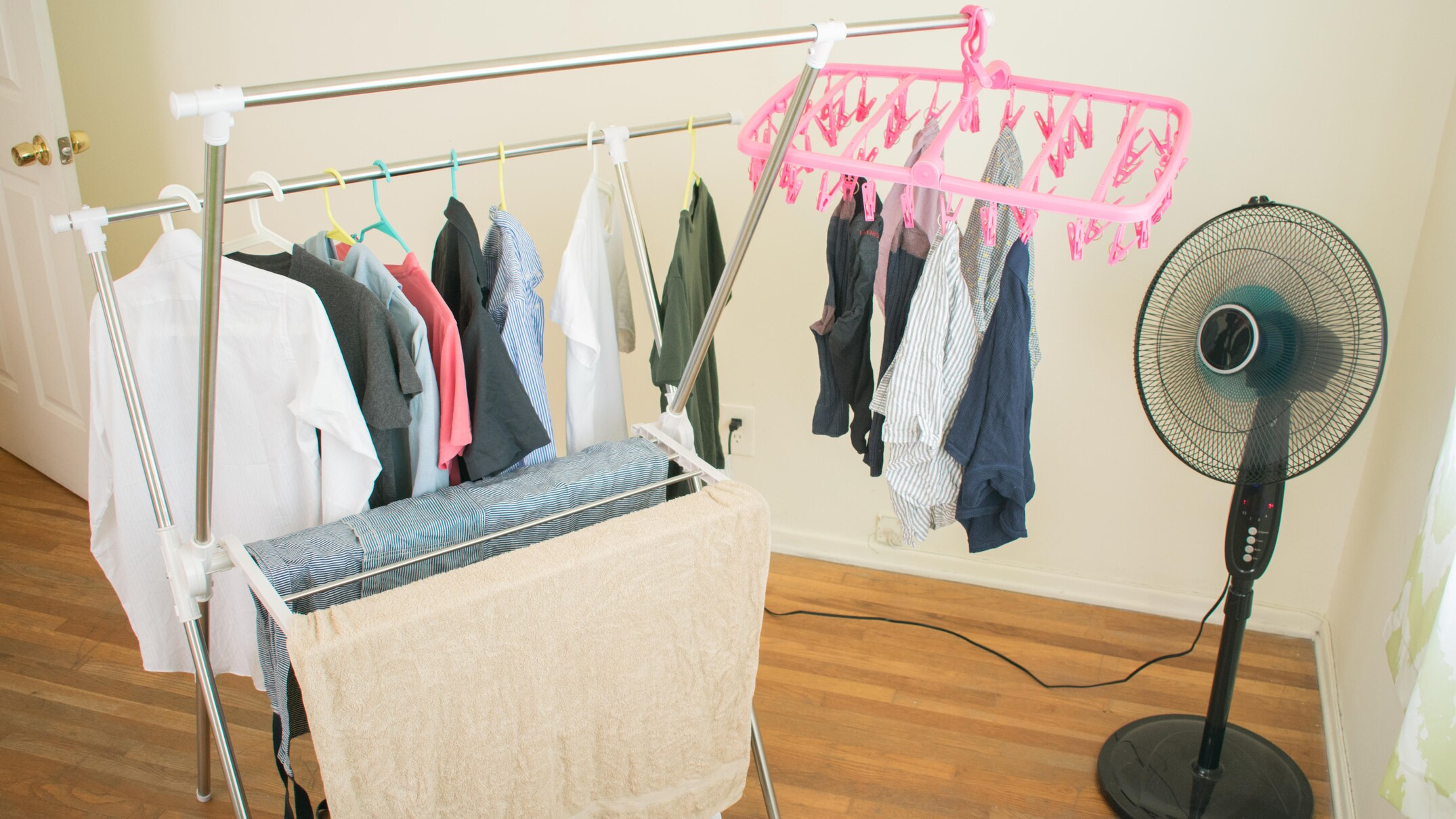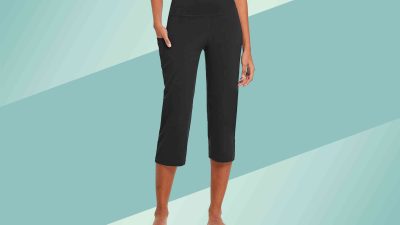Drying clothing and linens during persistently damp weather can be quite vexing.
Perhaps you lack access to a clothes dryer, or you’re hesitant about using one to reduce your upcoming electricity expenses.
Introduce an abrupt decrease in temperature, and the task of drying our laundry becomes even more challenging.
Certain specialists, such as Lish Fejer—a science communicator and ABC journalist hailing from Ngambri/Canberra—advice against using tumble dryers due to their significant energy consumption and potential adverse effects on clothing.
Lish states that using [tumble] dryers can damage your clothing over time.
Lish runs
The Fix It Chicks
Alongside co-creator Jenny Edwards, instructing individuals on budget-friendly methods for washing and drying clothes.
Below are several alternate techniques you can employ to dry your clothing and linens during damp or chilly weather conditions.
Air drying
If the garments can handle it (keep in mind materials like wool, linen, and silk should be avoided), place them in.
High-speed spin cycle in the laundry machine
, and repeat.
“You can give the drying process an early boost by spinning to remove as much water as you possibly can,” Lish suggests.
When you take your clothes out of the washing machine, she suggests
wrapping them inside a clean, dry towel
to remove excess moisture.
Lish advises that when employing a rack for air drying, one should ensure the
The garments are nicely spread apart.
Thus, allowing airflow around each item. By using pegs, you avoid having to fold the items.
“Look at
Any pane of glass or window struck by sunlight.
“Place your drying rack over there; that will start the drying process,” Lish says.
When you’re leaving for the day, drape your bedsheets and towels over chairs and tables.
I have a great fondness for coat hangers;
I drape shirts over them and place them across doorframes.
and architraves.”
Fan power
Proper ventilation helps reduce condensation and prevents mold growth.
“Lish mentions that indoor clothing drying can be significantly impacted by humidity levels within the home,” he explains.
What methods can be used to eliminate excess dampness indoors without triggering mold growth and related health issues?
She recommends
opening a window
to handle this (depending on the weather).
You can boost airflow inside your space by
utilizing a standing fan or overhead fan
As Lish mentions, this method requires minimal energy and aids in evaporation.
The
fan for extracting air in your bathroom
will work well once dried in that spot.
Some
Split-system air conditioners come with a feature called “dry mode.”
which can function as a
dehumidifier
, removing humidity from the air.
Embrace unconventional methods
The drying process works best outdoors, so if you have the room, make use of it.
If it’s overcast or raining, utilizing a balcony or an undercover area works well—even if it’s shaded and chilly.
A
windy day
As an added benefit, items will dry more quickly.
If you’re short on time (or lack motivation), place the damp pile of laundry on an outdoor table covered with a towel in the sunlight, on a picnic blanket, on the trampoline, or even on a warm floor.
For smaller items, Lish places them
On a towel at the rear of her vehicle
And leaves it parked in the sunlight during working hours.
From time to time, you need to flip them over, and I keep the windows slightly ajar.
If you have a
hot water system
In the cupboard, you might as well fold items that are almost dry and put them on top.
Lish cautions, ‘Make sure you don’t block the pressure valve,’
Should you be using a clothes dryer…
Lish says to
Add a clean, dry towel to your wet items.
This will considerably decrease the duration it needs to stay on since it soaks up some of the dampness.
Susan Toft, the CEO and founder of a national home laundry company, points out that the most common error individuals commit is “loading things into the dryer that shouldn’t be there,” as this can lead to damage.
“Specifically, wool tends to shrink. This is likely what we encounter the most often,” she explains.
However, she adds, you should also
be very cautious when handling bras and other fragile garments.
(for example, items made from silk), and garments featuring printed designs.
She suggests that the top advice is to consistently adhere to the care labels.
The consumer advocate organization CHOICE similarly warns against drying items containing lycra, suggesting that adding your workout clothes may not be advisable.
However, if you happen to shrink something, it’s not the apocalypse.
For jumpers, you can
Moisten them and gently dab them with towels to attempt stretching them back out.
, and then let them air-dry in a shaded area.











